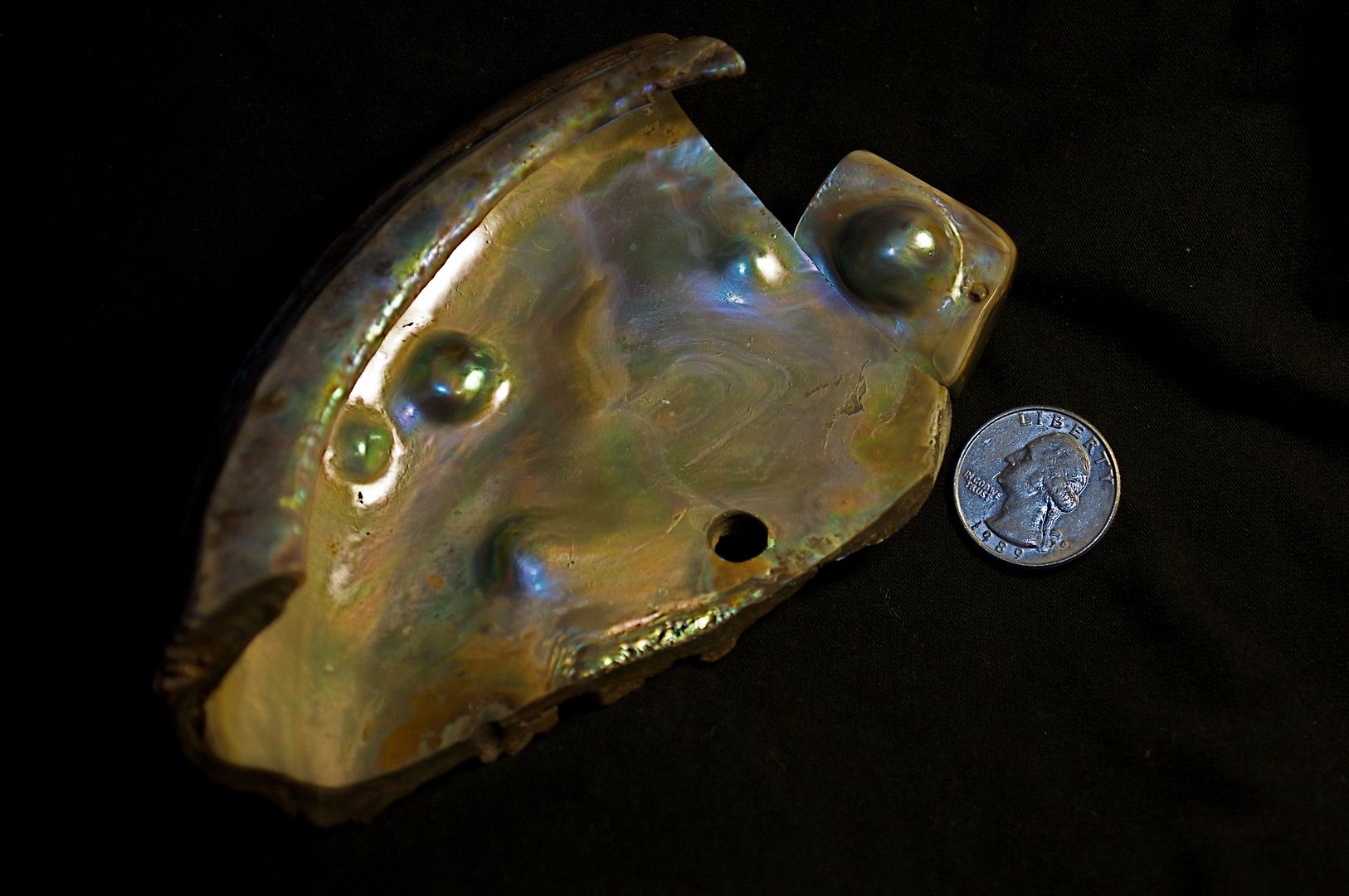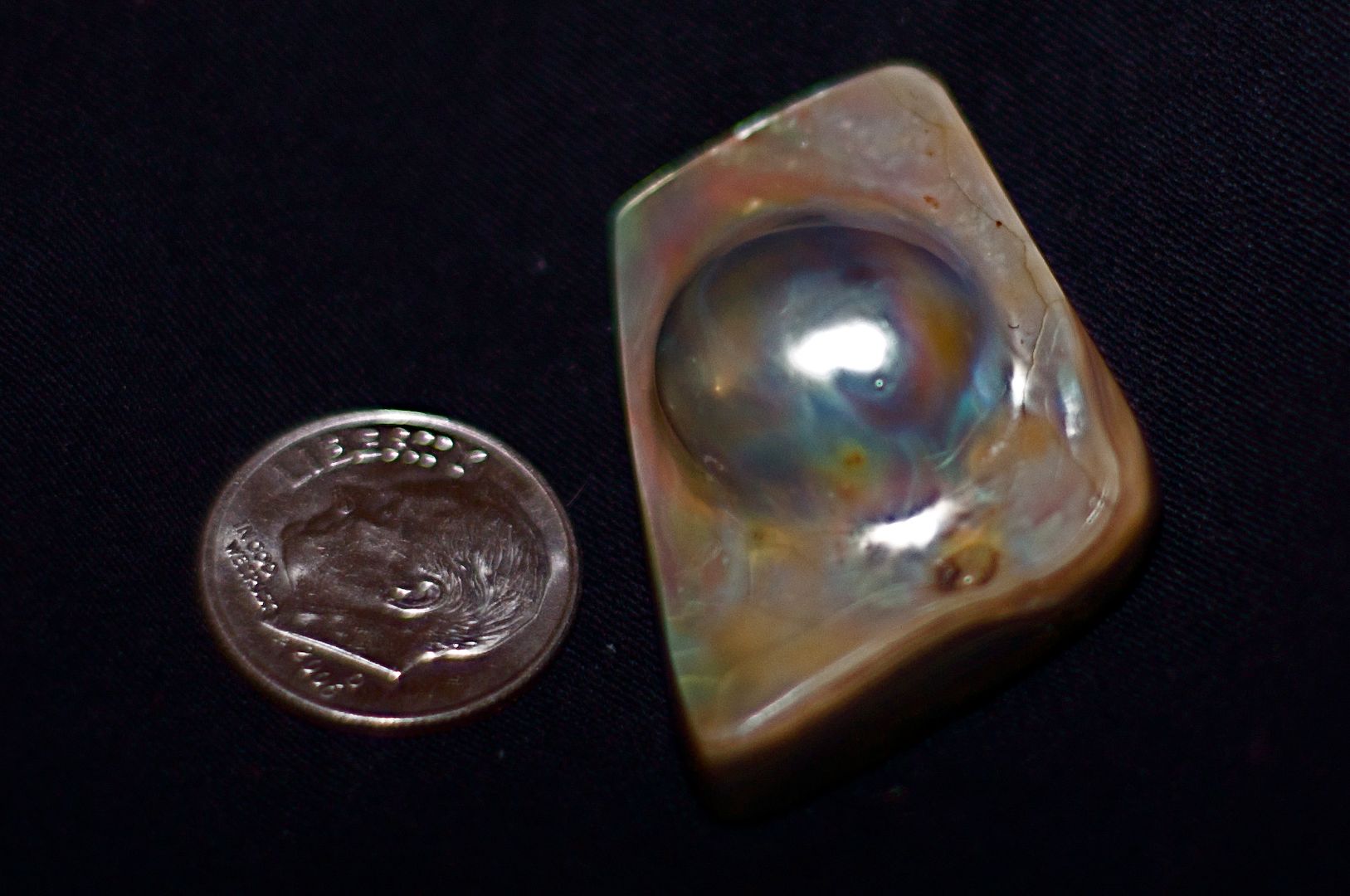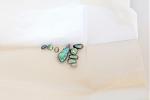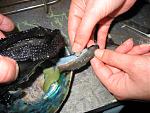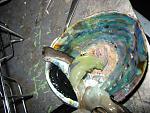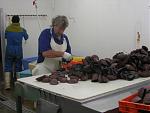There are claims the red abalone is close to extinction, does anyone else know if that is so?
There is both empirical and theoretical evidence to suggest that abalone are susceptible to recruitment failure at reduced densities. A study investigating the impact of sea otters on H. rufescens (red abalone) in California reported that the effects of predators on abalone abundance were greater than the effects of recreational harvesting. Nevertheless, sea otter numbers are increasing as a result of strong conservation efforts. Where abalone and sea otters coexist, sea otters are thought to consume abalone in significant numbers. Likewise, abalone growth may be restricted by the presence of sea urchins when food supplies (macrofauna) are limited.
Cultured reintroduction has done little to revitalize the biomass, while in fact, might be detrimental, partly as result of Withering Syndrome, raising concerns that other species of abalone may also be in danger from contagious pathogens. Laboratory studies of the bacterium responsible for Withering Syndrome,
Candidatus xenohaliotis californiensis, indicate that it is capable of infecting other species of abalone. Hatchery rearing of abalone is exceedingly costly and labour intensive. Juvenile abalone need housing, as opposed to stringing or netting in other species such as pearl oysters. They require manual feeding at regular intervals and with large food consumption comes volumes of feces, which must be cleaned and/or disposed of effectively.
Poaching of abalone is a lucrative enterprise and is likely placing continued stress on the remaining abalone populations. Furthermore, recreational divers and First Nations harvesters may also be responsible for a significant amount of illegal abalone collection. The combination of this high black-market value and the enforcement problems resulting from a large and uninhabited coastline suggest a major threat to abalone recovery.
While some areas of abalone distribution are doing alright, sadly the overall prognosis for abalone is not good despite our best efforts. These beautiful highly nacreous animals with profound engineering for shell strength and mobility face a perilous future and many of us may well witness their near extinction within our lifetimes.
